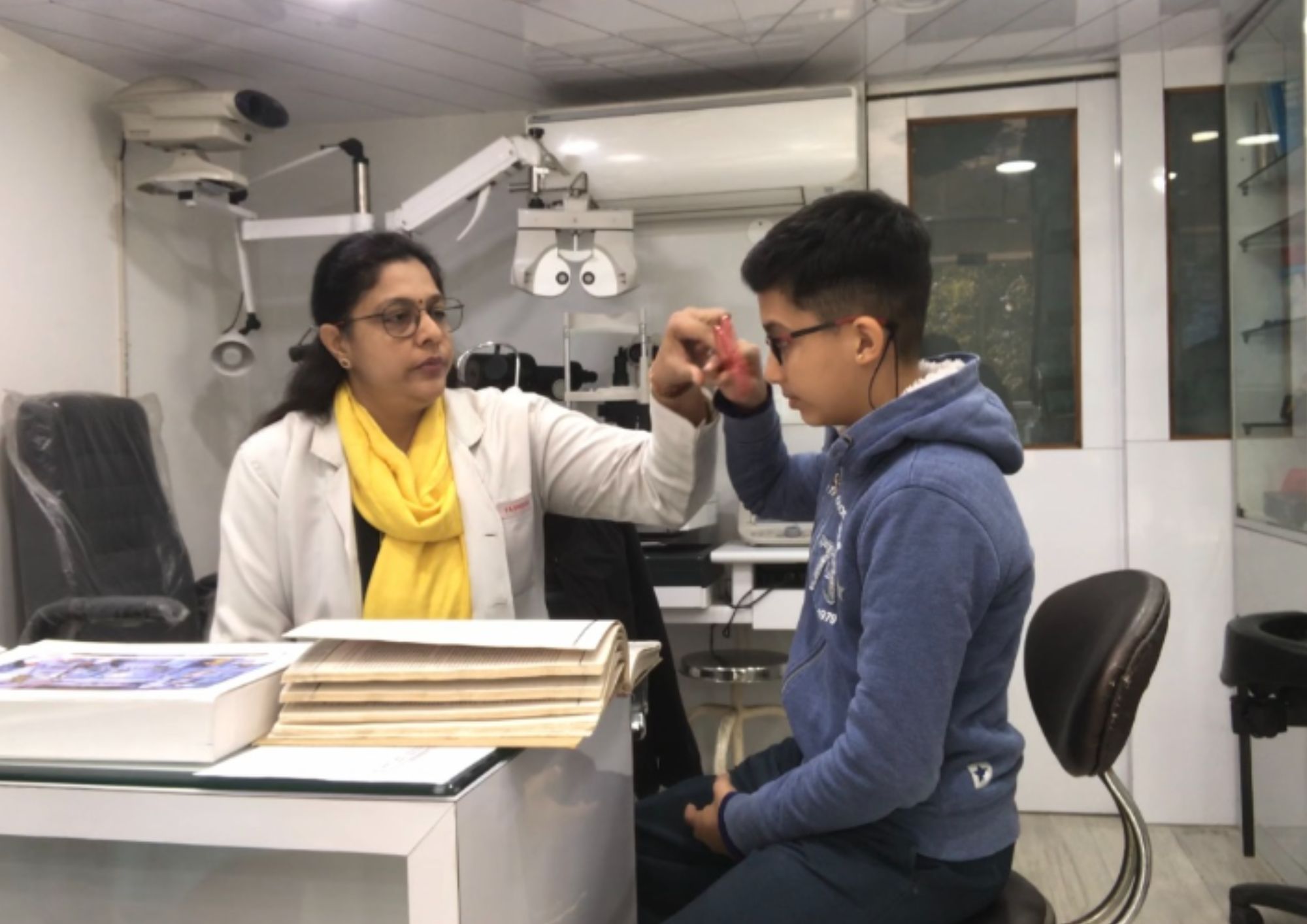Refractive Surgeries in AL: Enhance Your Vision with Expert Treatment
Refractive Surgeries in AL: Enhance Your Vision with Expert Treatment
Blog Article
The Role of Advanced Diagnostic Equipment in Identifying Eye Disorders
In the realm of ophthalmology, the usage of sophisticated diagnostic devices has actually reinvented the very early identification and monitoring of different eye disorders. As the need for exact and prompt medical diagnoses continues to grow, the assimilation of cutting-edge devices like optical comprehensibility tomography and aesthetic field testing has actually become important in the realm of eye treatment.
Importance of Very Early Medical Diagnosis
Very early diagnosis plays an essential duty in the reliable monitoring and therapy of eye problems. Prompt identification of eye problems is vital as it permits timely intervention, possibly preventing further development of the disease and lessening long-lasting complications. By spotting eye disorders at a very early phase, doctor can provide suitable treatment strategies tailored to the details condition, eventually causing better outcomes for patients. Additionally, early diagnosis enables individuals to access required assistance services and sources faster, improving their total lifestyle.

Technology for Detecting Glaucoma
Cutting-edge analysis innovations play a crucial function in the early discovery and monitoring of glaucoma, a leading root cause of irreversible loss of sight worldwide. One such innovation is optical coherence tomography (OCT), which gives detailed cross-sectional photos of the retina, enabling the measurement of retinal nerve fiber layer density. This dimension is crucial in evaluating damages created by glaucoma. An additional advanced device is visual field screening, which maps the level of sensitivity of a client's aesthetic field, aiding to identify any kind of locations of vision loss attribute of glaucoma. Additionally, tonometry is utilized to gauge intraocular pressure, a major threat factor for glaucoma. This test is crucial as raised intraocular stress can lead to optic nerve damages. Additionally, newer technologies like the usage of synthetic knowledge algorithms in evaluating imaging information are revealing promising lead to the early detection of glaucoma. These innovative analysis devices allow ophthalmologists to i was reading this diagnose glaucoma in its beginning, enabling timely intervention and much better administration of the condition to avoid vision loss.
Duty of Optical Coherence Tomography

OCT's capability to quantify retinal nerve fiber layer thickness permits specific and objective dimensions, aiding in the very early useful link discovery of glaucoma even before visual area problems emerge. Additionally, OCT modern technology allows longitudinal tracking of architectural changes gradually, helping with customized therapy strategies and timely interventions to help protect individuals' vision. The non-invasive nature of OCT imaging also makes it a favored choice for checking glaucoma development, as it can be repeated consistently without triggering discomfort to the individual. In general, OCT plays an important function in enhancing the diagnostic precision and administration of glaucoma, inevitably contributing to much better site here results for individuals at risk of vision loss.
Enhancing Medical Diagnosis With Visual Area Screening
A crucial element in thorough ophthalmic examinations, aesthetic field testing plays a pivotal function in enhancing the analysis procedure for numerous eye disorders. By assessing the complete extent of a person's aesthetic field, this examination offers crucial information regarding the practical integrity of the whole visual path, from the retina to the visual cortex.
Aesthetic area testing is specifically important in the medical diagnosis and management of problems such as glaucoma, optic nerve conditions, and different neurological illness that can affect vision. Through quantitative measurements of outer and main vision, clinicians can identify subtle adjustments that might show the existence or development of these conditions, even before recognizable signs happen.
Moreover, aesthetic area testing allows for the tracking of treatment efficiency, aiding eye doctors customize restorative interventions to private patients. eyecare near me. By tracking modifications in aesthetic field performance with time, healthcare carriers can make educated decisions concerning adjusting drugs, suggesting surgical interventions, or implementing other suitable measures to maintain or improve a person's aesthetic feature
Managing Macular Degeneration

Conclusion
In final thought, advanced analysis devices play a crucial role in identifying eye problems early on. Technologies such as Optical Coherence Tomography and visual field screening have considerably improved the precision and performance of diagnosing conditions like glaucoma and macular degeneration.
Report this page